Learning Spaces
Here you'll find articles on technology-enabled learning spaces, classroom design, av technologies and more, plus stories about institutions adopting new tech for the classroom.
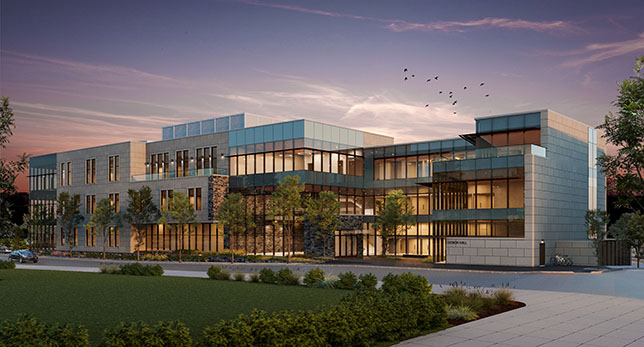
Pennsylvania's Lehigh University recently broke ground on a new building for its Rauch School of Business. Designed by Voith & Mactavish Architects, LLP (VMA), the 74,000-square-foot structure is slated to open in fall 2022 and will contain 16 experiential learning spaces.
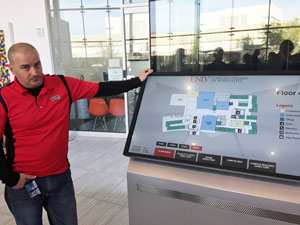
A multi-year digital signage rollout at the University of Nevada, Las Vegas has allowed the institution to consolidate its systems while implementing interactive wayfinding, along with traditional digital signage and meeting space solutions.
Lightspeed has updated its entire line of audio solutions for education and rebranded it as Instructional Audio Solutions.
Epson has introduced eight new models in its PowerLite lineup of laser projectors. The new models are designed for classrooms, larger meeting spaces and signage applications.
LG Business Solutions has introduced a new series of interactive classroom displays, the TR3DJ series, available in sizes up to 86 inches.
AVer Information Inc. USA has expanded its line of artificial intelligence tracking cameras with a new model boasting 30X optical zoom and multiple tracking modes.
To accommodate the hybrid model of remote and in-person teaching and learning, William & Mary's Raymond A. Mason School of Business has rolled out virtual classroom technology in three learning spaces on campus.
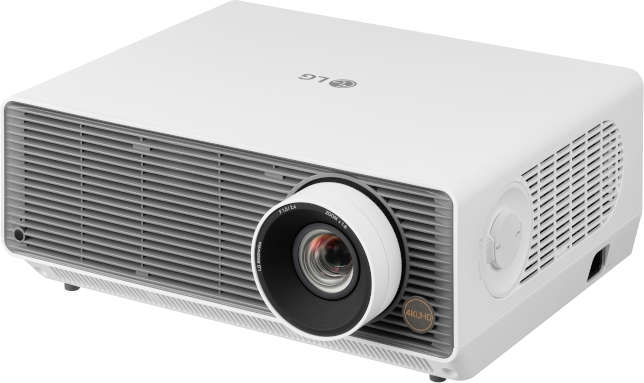
LG Business Solutions USA has shipped two new projectors in its education line, both designed for medium to large spaces.
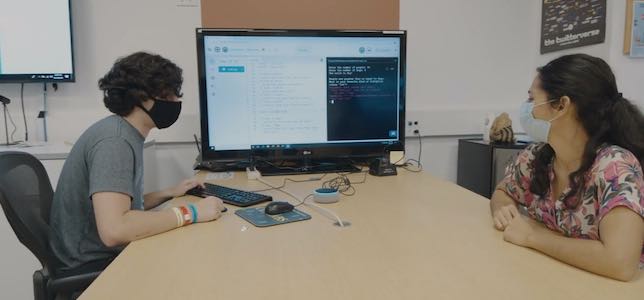
Bentley University's CIS Sandbox is building on 10 years as a technology learning space.
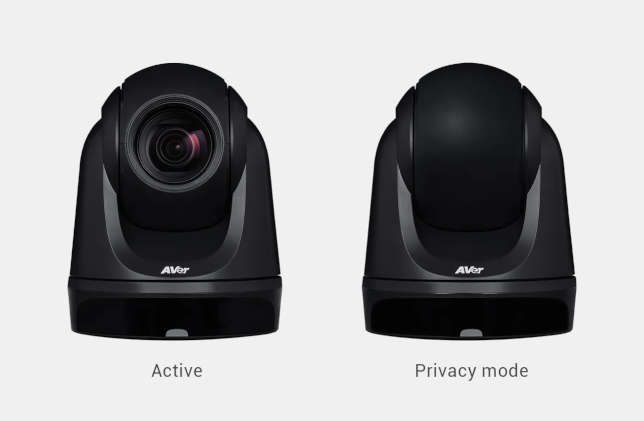
Audiovisual technology manufacturer Aver Information USA has launched a new camera for education that uses AI to “seamlessly track” instructors as they move around the classroom.